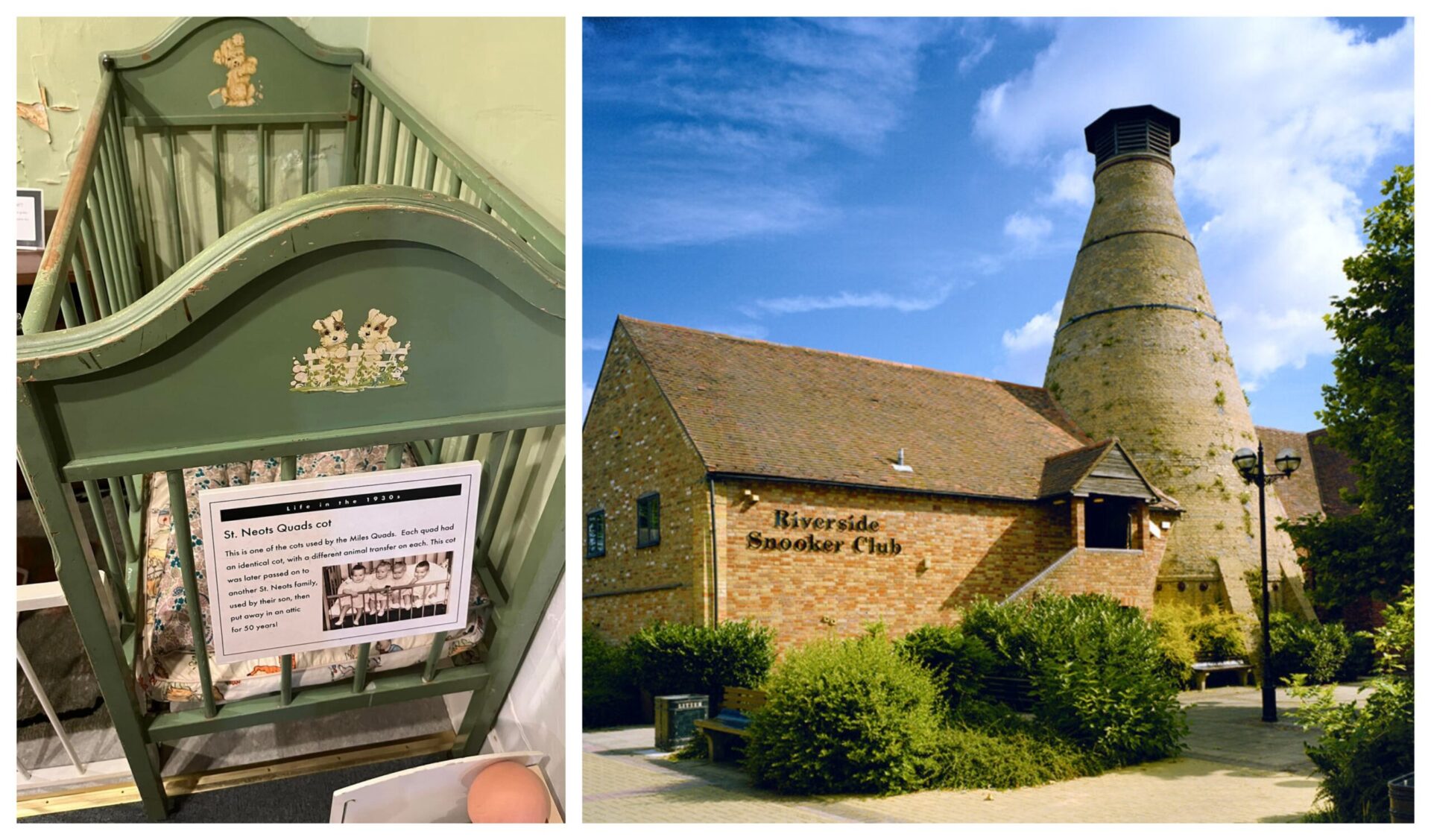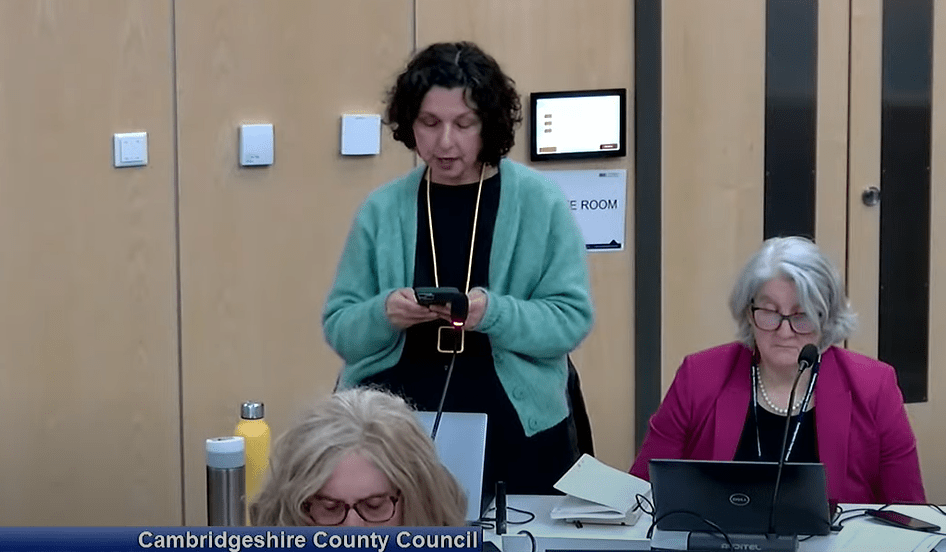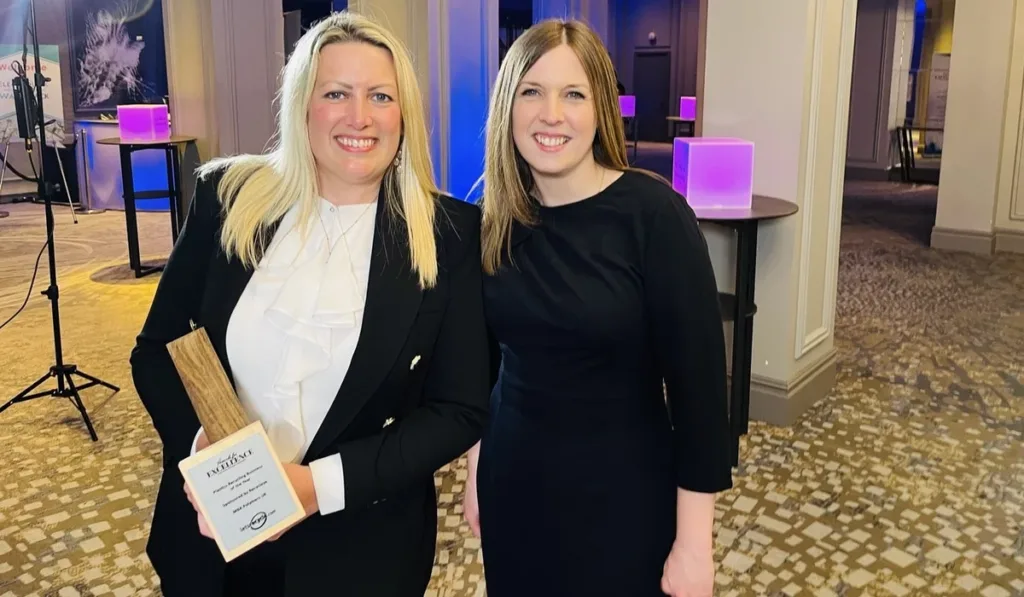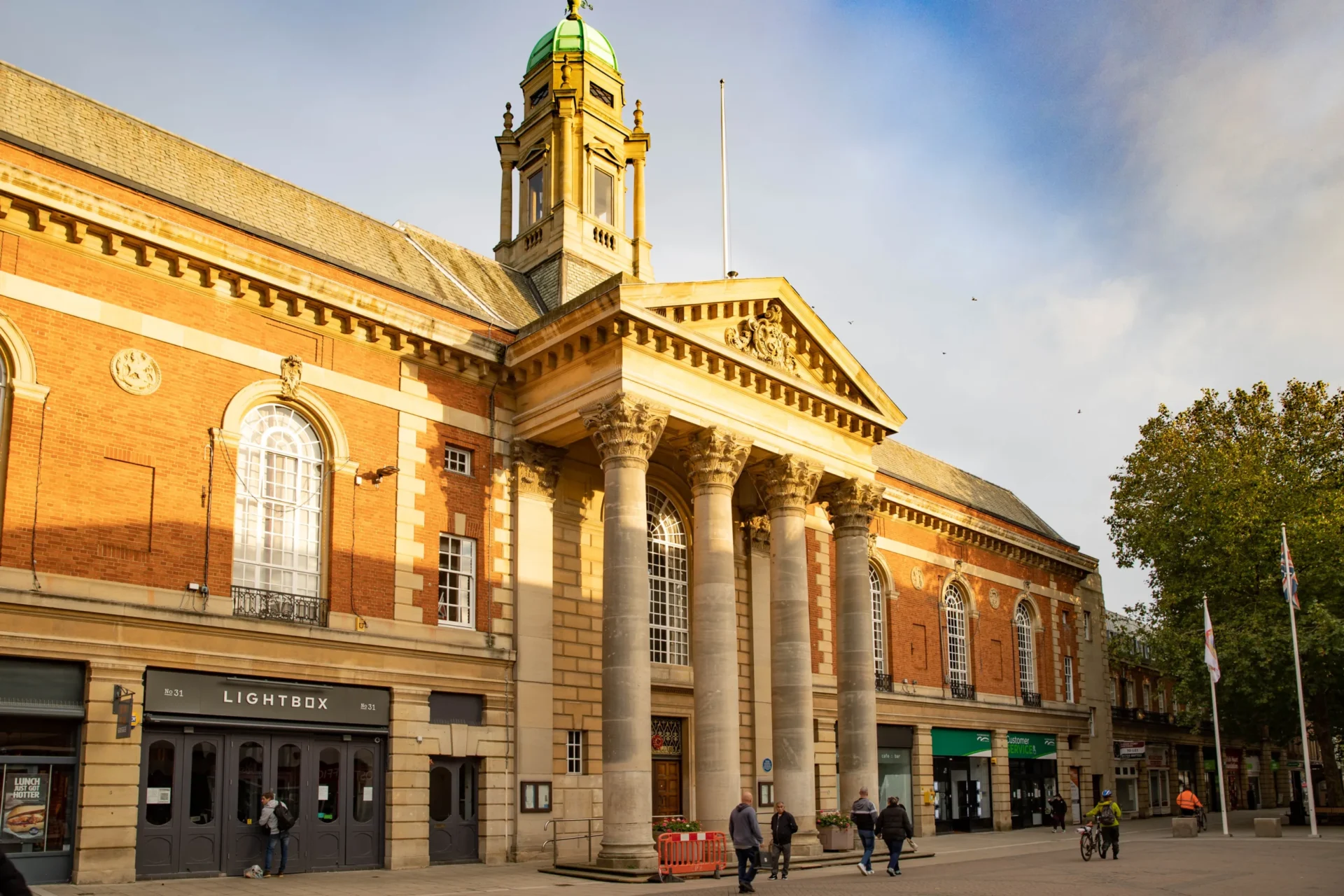There is a lot of interest and speculation in St Neots about building a splash park, renovating the Oast House and Old Falcon and what St Neots Town Council should be spending its Community Infrastructure Levy (CIL) money on. It can be hard to find reliable information on social media, which is why I’ve written this to try to put some of the issues into context.
I’m a town and district councillor for St Neots, but I’m writing this in a personal capacity and all views are my own.
CIL payments are paid by developers to the local council to deliver infrastructure to support development in the area. That can be for anything from transport and healthcare to parks, sports facilities, and community facilities.
In St Neots, Huntingdon District Council receives 75% of CIL generated in the town, and SNTC receives 25%. With 2,800 homes being built in Wintringham and another 1,020 coming soon in Monksfields (aka Love’s Farm phase 2), SNTC receives a substantial amount of CIL income. Its current balance is around £2.8 million.
This is a fantastic opportunity for our town.
The town council takes the responsibility of spending this money very seriously. I know it’s fashionable to assume that all politicians are idiotic, selfish, out of touch and/or corrupt.
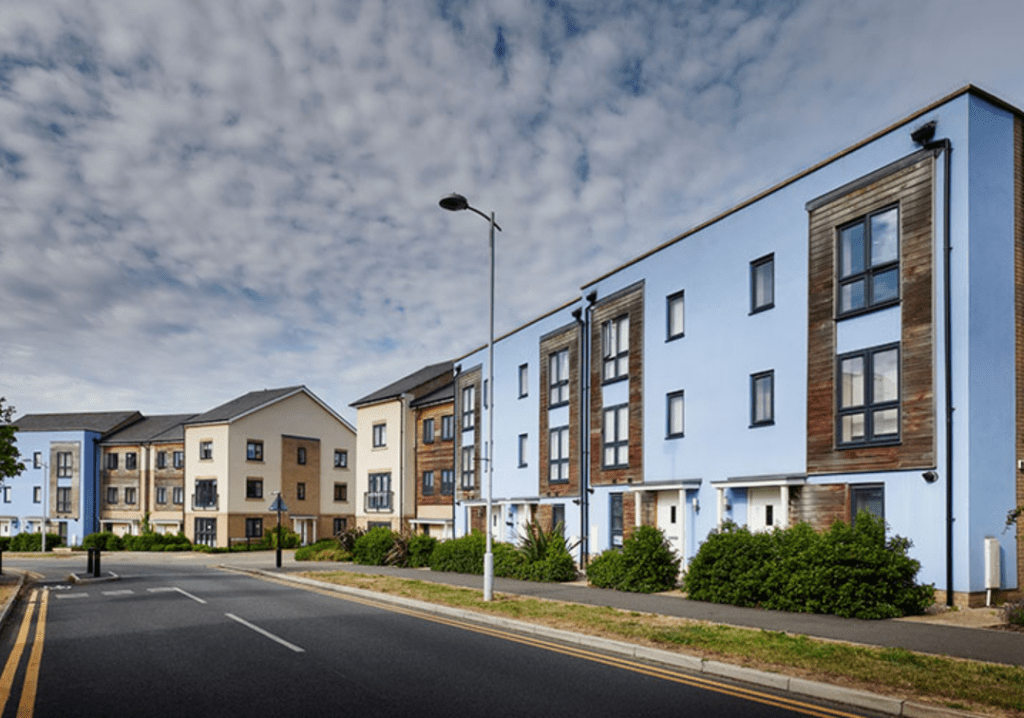
My experience is that local councillors are selfless, hardworking, intelligent, and really passionate about making their town, district, and county a better place to live. When making decisions, we want to know what residents think.
However, in my experience, Facebook polls aren’t great when it comes to making balanced, informed decisions about complex matters.
When deciding how to spend CIL, I believe councillors should consider three things:
Is it needed and wanted? i.e. will it improve the quality of life for local people, and does it deliver something that’s otherwise missing? Sometimes that’s evidenced by public opinion.
For example, we know that fixing up the Old Falcon is wanted because people talk about it all the time. Other times, it might be because councillors have weighed up the evidence and come to a conclusion.
For example, some people say, “Don’t bother spending money on the Priory Centre — no one goes there.” But I know that people do go there, and I believe that doing it up — plus the exciting plans under development for how it’s managed and marketed — will mean that lots more people will go there once it reopens.
Is it deliverable / good value? There’s no point in trying to do something that is unaffordable, doesn’t give enough tangible benefit to justify the cost, or has technical hurdles such as planning restrictions, access or ownership that make it impossible.
Is it sustainable? Again, there’s no point in building something if it isn’t financially viable and ends up closing after a couple of years. This is perhaps the hardest thing to test and prove, but it’s really important that we do everything we can to ensure that new infrastructure has lasting positive impact.
£2.8m sounds like a lot of money, but infrastructure projects are expensive. Currently there are more ideas being discussed and in development than the existing funding will cover. All is not lost, though, as Wintringham and Monksfields will continue to generate CIL payments for the foreseeable future, as long as central government doesn’t change the rules.
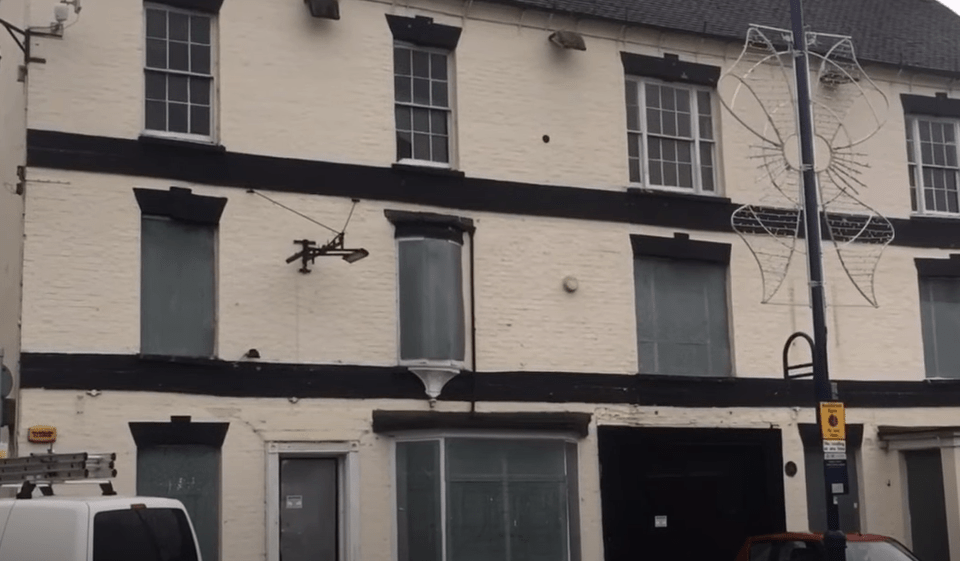
Projects that are being (or could be) considered for CIL funding by St Neots Town Council include:
- Changing Places Toilet and refurbishing the other toilets in Riverside Park — funded and in progress
- Revamp the Ramp (refurbishing the skatepark at Riverside Park) — part-funded by SNTC, with a request to top up this funding being considered at the Town Council’s Finance & Governance meeting on 23 April 2024.
- Splash Park — more on this below
- Priory Centre — funded by HDC CIL and a central government grant, but may require funding from SNTC to deliver the full suite of improvements SNTC is hoping for
- Oast House — potential to bring the building back into use for a variety of purposes (more below)
- St Neots Museum — repair and/or modernisation of the building
- Youth Building — a dedicated community building for young people
- Play parks — continuing development of SNTC’s outdoor play strategy
The Old Falcon isn’t on here as it’s being brought forward as a Huntingdonshire District Council project.
With lots of projects and an ongoing stream of funding, projects are likely to get funded as and when they are ready. For me, that means they need to pass the three tests as set out above.
Some are relatively easy (nothing is ever easy, but some are less painfully difficult) and so are quicker to be funded. Some are really complex and take a while. Some may never get funding because they fundamentally fail one of the tests.
On the specifics…
The splash park has been rumbling on for years, much to the frustration of everyone involved. This is just my opinion, but in the past the council hasn’t managed this well — both before I joined the council in 2018, and at times since then.
I think that the trustees of St Neots Aquatic and Leisure CIO — the independent charity that was set up to deliver a splash park — was misinformed when they were told what to expect.
However they are now in charge of the project, and it’s up to them to demonstrate how it passes the three tests. They are all volunteers, and I am hugely grateful for the time and energy they have already put into it.
However, the funding can’t be awarded out of gratitude.

I’ve often seen it written and heard it said that St Neots Aquatic and Leisure has done everything asked of it, and has everything in place, and it just needs the money.
As a councillor, that’s not my take.
There is documentation that was requested by SNTC in July 2023 that I understand has recently been handed by the CIO to council staff (I’ve not yet seen it).
This documentation is concerned with the vital question of long-term sustainability — what plans are in place to ensure that the splash park can pay its bills and stay open? If it’s based on agreements with third parties, are those agreements in writing and legally binding?
You can read more about this in the report for the Council meeting on 23 July 2023 and the Q&A log that was compiled in preparation for that meeting.
Hopefully, this dispels the rumour that the council doesn’t know its behind from its elbow and is just sitting on cash for no reason other than ineptitude.
Personally, I would love to see a splash park, outdoor play equipment, picnic benches, a café, and even a youth centre and/or climbing centre at the back of the site. It’s a big bit of land and all of these things could potentially fit.
I don’t believe in the “build it and they will come” adage. There needs to be thorough market analysis — what is the total addressable market (i.e. how many children in the vicinity), how often might they visit per year, what would they be willing to pay, where are the competitors, what are the fixed running costs, what is the break-even point, how would risk be managed?
A big risk is that a splash park is highly seasonal, and running anything that requires staff has significant fixed overheads. However, from what I understand, there is a good solution to this being developed by the CIO. I’m looking forward to hearing again from the CIO now that new documentation has been submitted.
The Oast House has been rumbling on for years too, albeit not with quite the same level of public scrutiny. It’s not a secret project though.
It was shared at a Public Forum meeting that I chaired in 2022 (as reported in Hunts Post) and has been through various public council meetings.
The Oast House is currently in private ownership. It’s a beautiful building and a key part of St Neots’ rich heritage.
However, its layout is really poor for accessibility, and its Grade II Listed status, with the chimney cone a Scheduled Ancient Monument, makes it tricky to develop. That probably explains why it’s been sitting empty for quite a few years now.
In December 2021 St Neots Town Council secured funding from the Architectural Heritage Fund to do a viability study into the purchase and development of the building. This included various professional reports, and working with an architect to understand what would be possible within the constraints of planning.
As usual, there have been various hurdles to overcome since then, but the project is still under development. One question that has come up — both on social media and in council meetings — is, why should the council buy it?
My answer is that it’s a beautiful building that needs preserving, and if no private developer wants to, perhaps it’s the town council’s job to safeguard one of the town’s most significant heritage assets.
HDC is putting its resources into bringing the Old Falcon into use for the same reason.
The other key question is, for what would it be used? Various ideas have been explored — a general-purpose community space, co-working space, microbrewery, café, restaurant, boutique venue.
If the council buys the Oast House, it would most likely form part of the Priory Centre offering.
The Priory Centre is receiving a significant investment from HDC to transform it from a well-used but rather tired community facility into a proper theatre and venue space with an open-plan foyer with river views and refurbished facilities throughout.
This is going to be a really positive development for our town, and I hope that the Priory Centre will be busier than ever when it reopens in 2025. However, increased activity is going to mean more competition for the groups who already use the building.
By expanding the Priory Centre to include the Oast House, we can enjoy more concerts and theatre shows and still have space for all the fantastic community groups, exercise classes, weddings, and the rest.
A microbrewery is also on the table, although I don’t think there’s any chance of the council running its own brewery.
The Oast House is a really tricky space to develop because the Scheduled Ancient Monument status of its chimney cone (and the furnace below) means those elements must be preserved. That means there’s limited ground-floor access between the two wings, and a windowless chamber inside the cone.
It’s potentially a really beautiful space but not very practical for most purposes.
One suggestion is to have a community-owned and -run microbrewery located inside the chimney cone. It would speak to the heritage of the building and the town, act as a tourist attraction and be a great community project that could bring generations together.
Of course it’s not for everyone, but neither is a splash park or a climbing frame. This would only happen if the community wanted it, though. I’ve had lots of conversations about it with lots of people over the past couple of years, but ultimately it needs to pass the three tests before I’d support investing public funds in the microbrewery concept.
It’s important to note that the Oast House purchase and refurbishment and the microbrewery aren’t one and the same.
The Oast House could go ahead as a community building, but other uses for the space might prove to be more desirable, deliverable, and sustainable.
Along with the investment HDC is leading on in St Neots — redeveloping the Priory Centre, making improvements to the High Street and Market Square, working to bring the Old Falcon back into use — this is a really exciting time for our town.
No one ever becomes a councillor expecting praise or thanks, but I hope, in years to come, people will look back and think that we invested this money well.
THE AUTHOR
Ben Pitt is an independent district councillor for Huntingdonshire, town councillor for St Neots


